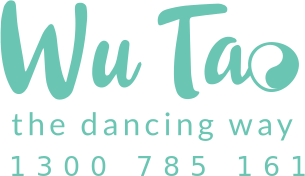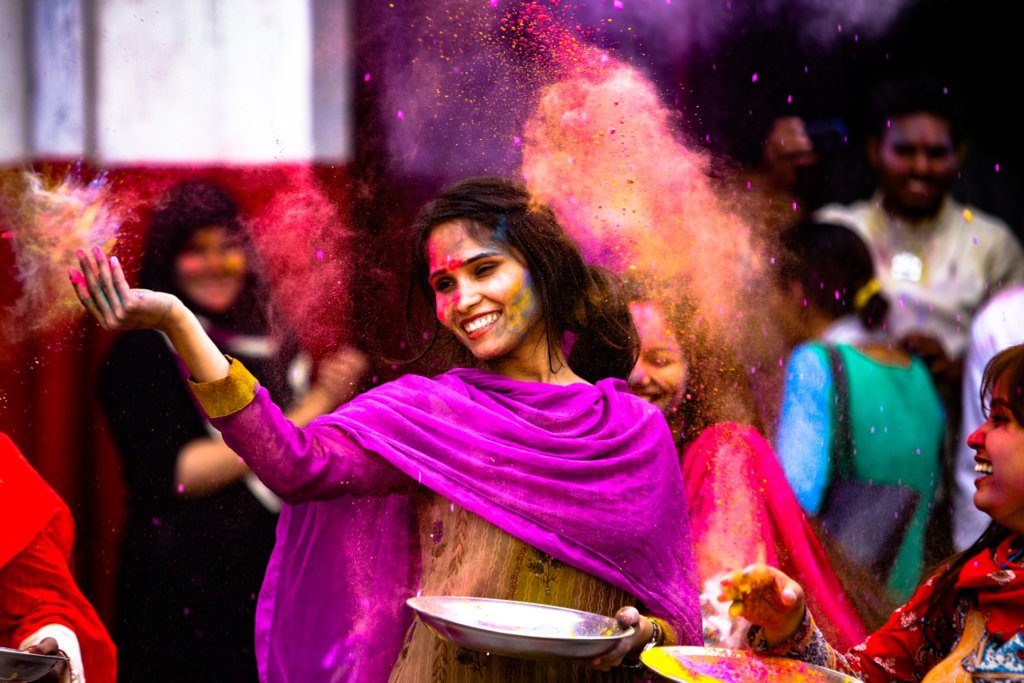People dance for fun, recreation, social reasons and increasingly for their health. There is something unique about dance in how it inspires and motivates. Dance involves the body, emotion and mind: it is both a physical activity and a means of expression and communication.
Dance health programmes form part of a growing field of arts work which delivers health and wellbeing outcomes for people.
Dance can:
- increase people’s motivation to participate in physical activity and maintain that participation, because they see dance as fun, expressive, non-competitive and sociable
- increase people’s physical fitness, strength and abilities, often more effectively than other forms of exercise
- assist recovery from illness, reduce pain and the perception of pain
- build self-esteem and elevate mood
- support people to develop positive social interactions and encourage them to engage in new social, leisure and physical activities
- improve quality of life
Reference: Dancing to Health a Review of the Evidence
Benefits of Dance
Why is dance a good form of exercise? Recent research has shown that dance (ballroom dancing in the study) is associated with a lower risk of dementia (published New England Journal of Medicine 2005). The mentally challenging aspects of dancing, ie following dance steps, moving and staying in time with the music is believed to be responsible. The study involved a group of men and women over the age of 75.
Another study (Washington University St Louis 2007) showed that tango was better at improving the mobility of Parkinson’s disease sufferers than an exercise class. A later study showed similar benefits with Tai Chi. Research (done at Columbia University Medical Centre 2007) shows that exercise stimulates the growth of new nerve cells in the area of the brain within the hippocampus ( the dentate gyrus) which affects age related memory decline.
Dance has a number of components that involve the physical body and the brain in a number ways. Primarily, dance is physical movement. It uses the body in a particular fashion that encourages coordination, balance and the integration of new movement patterns. Many dance forms involve repeating a movement a number of times in order to master the routine. This engages both the left and right sides of the brain. Dance helps to orientate a person in space. This is also a brain process that involves knowing where you are, where your body begins and ends and your place in the environmental space.
Dance is a complex learning activity. It stimulates cognitive function through learning new movements. It also requires a significant amount of concentration, both to maintain balance and do the movements correctly. According to Dr Norman Doidge (The Brain that Changes itself), dance is one of the best ways to maintain cognitive function and brain balance.
Dance is movement done to music. Listening to music engages the right side of the brain. Of itself, music stimulates emotion and feeling. These can be pleasant or unpleasant, related to past memories or experiences. Music that is harmonic and easy to listen to (different strokes for different folks!) aids relaxation and can help generate a sense of well-being.
The combination of movement done to music, results in a whole brain integration. In Wu Tao Dance the imagination is engaged through the use of imagery and visualisations related to nature. For example a tree growing in spring or leaves falling to the ground in autumn. The use of images related to nature is important. Balance is inherent in the natural environment thus it is easy to connect with and embody an image such as a tree or ocean.

